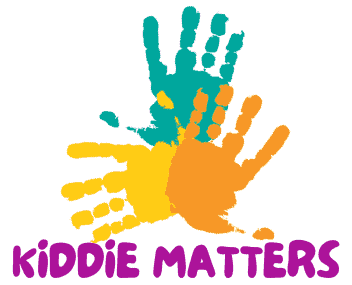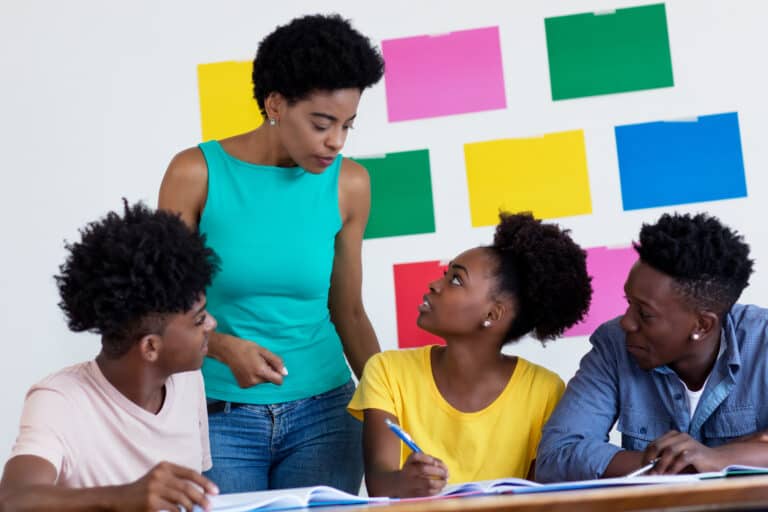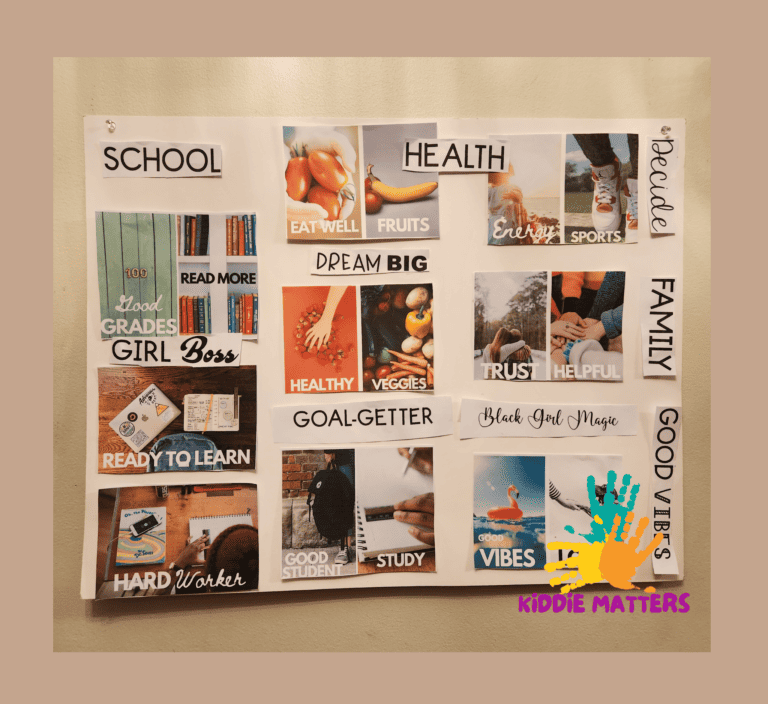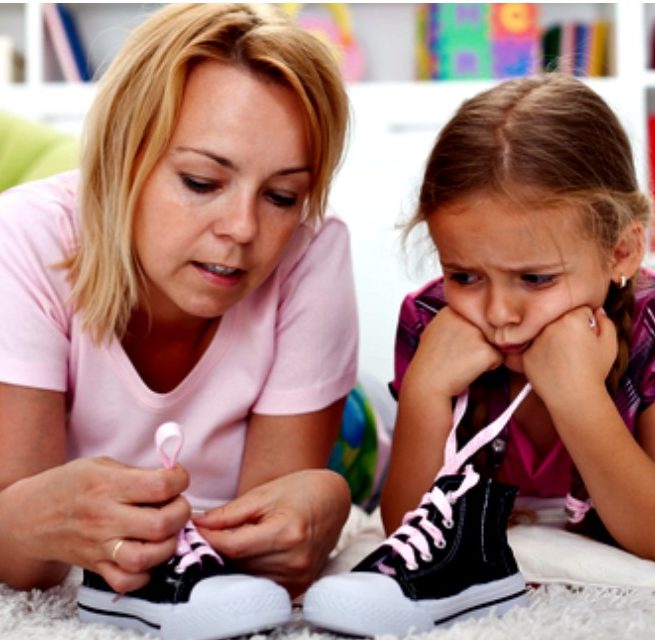The Best 10 Minute Fix Guaranteed To Get Kids To Practice Coping Skills
It was the third time this week *Mrs. Smith called to ask for help with *John. I could hear the stress and frustration in her voice and knew she was at her wits end.
“Can you puh-lease meet with John?”
My chest tightened and my heart started to race. I had just met with John earlier that morning to review his coping plan. He knew exactly what to do and when to do it. But three periods later and John’s cussing out the lunch lady and yelling at the other kids to stop looking at him!
Why wasn’t he able to generalize and use the coping skills we worked on outside of our time together?
“I’ll be right there,” is what I said to Mrs. Smith, but I sat there thinking, “Am I even cut out for counseling kids? The teachers probably think I’m an idiot. Could I get by working at Target if I quit?”
I wish I could say that this was the last call I got from Mrs. Smith about John. However, even with my support, he continued to struggle to manage his emotions in and out of the classroom. I felt useless and ineffective.
Then I got intentional about studying the science behind learning and mastering new skills. Immediately it became clear what I needed to do in order to better support John.
Bonus: As a bonus for joining the Kiddie Matters community, get the Calm Kids Toolkit that contains the Notice Name Normalize mindfulness check-in plus a coping skills practice tracker to help reinforce coping skills.
An a-ha Moment
In reading through the research, it was evident that a crucial part of successfully mastering any new skill is practice, practice, practice.
Think back to when you learned how to ride a bike or drive a car. First, you had to learn the skill. Next, you had to practice the skill. Then as you mastered the skill, riding the bike or driving the car became second nature.
Even though John and I practiced his coping skills in session, it was a struggle getting him to practice strategies outside of my office. John’s parents and teachers were very supportive, but they didn’t always have the time to reinforce John’s coping skills. They found themselves mostly reminding John of his coping plan when he was already too upset to implement the strategy.
If you find yourself in a similar situation like I did with John, you might be wondering, “What do I do?”
Here’s the solution…
In as little as 10 minutes a day, you can help kids practice coping skills outside of counseling sessions and make a difference in their social emotional well-being.
The secret? Daily Mindfulness Check-Ins
Mindfulness is the practice of bringing your attention to the present moment and becoming aware of your thoughts and feelings without judgment. According to recent research, mindfulness strategies can help kids “manage stress, anxiety, impulsive behaviors, as well as regulate their emotions.”
Daily mindfulness check-ins are helpful because they can be done schoolwide, take little time to implement, and kids and teachers overall enjoy mindfulness exercises. When it comes to working with kids similar to John, I’ve had a lot of success with the mindfulness strategy, Notice, Name. Normalize. I like this strategy because it teaches kids the foundational skills to do all other mindfulness exercises.

What is Notice Name Normalize?
Notice, Name, Normalize is a mindfulness technique rooted in Acceptance and Commitment Therapy (ACT), a contemporary form of Cognitive Behavioral Therapy (CBT). This approach encourages children to:
- Become aware of their present inner experiences, such as thoughts, emotions, and physical sensations. (Notice)
- Label and identify the experiences they notice with appropriate words. This step involves giving a clear verbal or mental expression to what is being noticed. For example. “I am feeling stressed” or “I’m thinking about a test I have to take.” (Name)
- Remember that difficult thoughts and feelings are a normal part of being human. It empowers children with the belief that it’s okay to feel a certain way, and it doesn’t define you. (Normalize)
This approach helps children tune into their bodies, handle emotional reactions, and become more aware of how physical sensations link to emotions.
Why this strategy works
I chose the Notice, Name, Normalize strategy for John because, at the time, he lacked an understanding of the connection between his body sensations and his emotions—a common issue even among adults!
Because John was unaware of the link between his body sensations and emotions, he missed several cues his body sent him. He wasn’t aware of his feelings intensifying until he was at the point of explosion.
For kids like John, research shows that once their emotional brain (the amygdala) is in charge, it’s almost impossible for them to access the rational part of the brain (the pre-frontal cortex) that would allow him to say, “I feel myself getting triggered. I’m going to walk away and take some deep breaths.”
Pro-Tip:
Many times when I do notice name normalize with kids, it’s hard for them to notice the sensations coming up for them. When I ask them how they feel, they usually tell me what they think. For instance,
Me: “How did you feel when your mom changed her mind last minute?”
Student: “I feel like she was being inconsiderate.”
Since this is a thought and not a feeling, I’d validate what the student said and then guide them to be curious about their feelings. This might sound like:
Me: “It sounds like you think your mom wasn’t being thoughtful. When you have the thought “she was being inconsiderate,” what emotions do you notice coming up for you?”
If needed, you can offer a menu of emotions,
” Someone who has that thought might feel upset, frustrated, angry, etc. How do you feel?”
The student might answer that it makes her feel angry. Whatever the emotion, the next step is to get curious about the emotion using notice name normalize.
Student: “It makes me feel angry”
Me: Where in your body do you feel angry and what does it feel like?”
For students who struggle to identify where in their body they feel their emotions, you can walk them through a quick body scan:
“You shared that you feel angry. Notice, how does your feet feel? How do your legs feel? Your belly? Your chest? Throat? etc.
How to create a daily notice name normalize practice
Here are a few tips that you might find helpful if you decide to use mindfulness interventions and mindfulness check-ins:
- Select date and time. Choose a specific time each day to have kids practice mindfulness, such as in the morning or afternoon.
- Schedule a reminder. Set a daily reminder on your phone or write it in your calendar to help establish consistency.
- Choose a space to practice. Find a quiet and comfortable space where kids can focus without distractions
- Read the notice name normalize script. Don’t forget to grab your copy of the notice name normalize script! Here’s a sneak peak of the script.
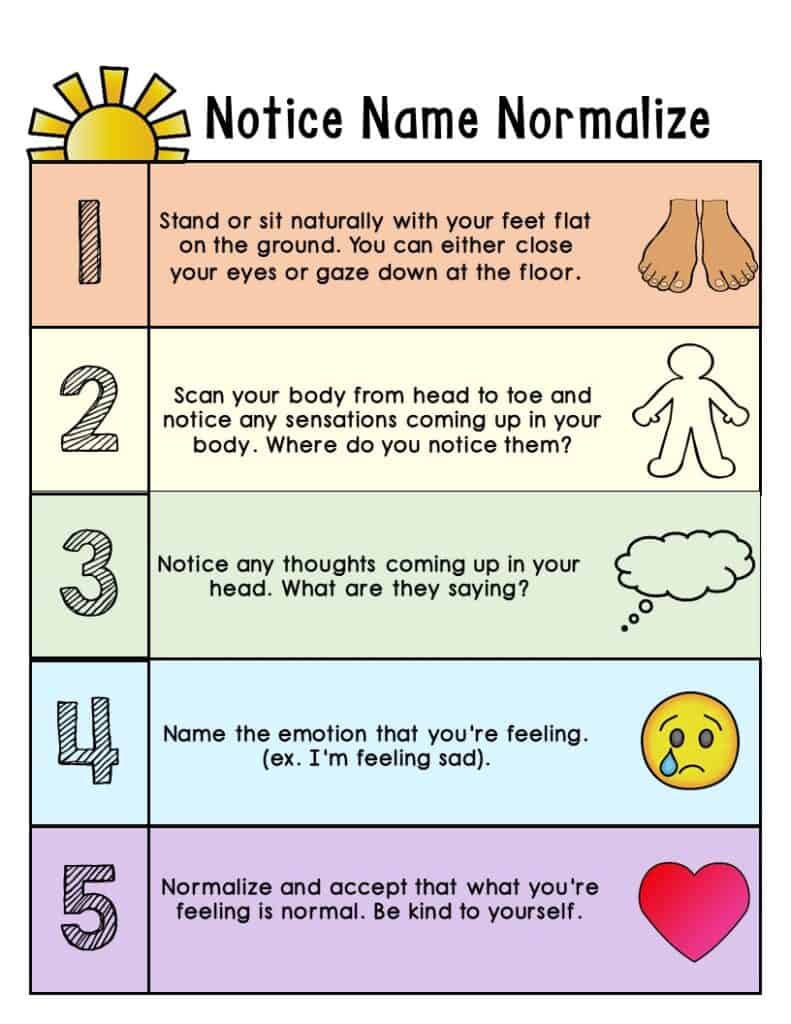
But first, a caveat
Even if you have an excellent practice plan and the support of parents and teachers, motivating your student to embrace and implement the coping strategy becomes challenging if they lack the motivation to learn and practice.
How can you help motivate kids?
Motivation is the driving force behind our actions, behaviors, and goals. It can be classified into two main types: extrinsic and intrinsic.
Children who are extrinsically motivated are driven by external rewards or by avoiding punishments rather than internal satisfaction. This might look like kids seeking praise from others, good grades, or tangible rewards for their actions.
Children who are intrinsically motivated find joy and satisfaction in the process of learning itself rather than relying on external rewards. They tend to be driven by curiosity, a sense of autonomy, and a genuine interest in the subject matter. This internal motivation often leads to deeper engagement, better retention of information, and a lifelong love for learning.
While extrinsic motivation can be effective in the short term, fostering intrinsic motivation—where children are motivated by internal factors like interest and enjoyment—tends to lead to more sustained and fulfilling engagement in tasks. Balancing both types of motivation is important for a child’s overall development.
Motivating kids to practice coping skills
The following are ways in which you can nurture both extrinsic and intrinsic motivation in children to practice coping skills.
- Build a Connection: Foster a trusting relationship with students. When they feel understood and supported, they are more likely to be receptive to learning and practicing coping skills.
- Encourage Autonomy: Provide opportunities for students to make choices and decisions. Empower then to play an active role in creating their coping plan.This helps them feel a sense of control and ownership over their actions, fostering intrinsic motivation.
- Connect to Real Life Situations: Show kids how they can use the “Notice, Name, Normalize” strategy when completing daily activities, especially during challenging moments.
For example, if a child gets nervous at school, show them how they can use the notice name normalize strategy to manage their nerves. This allows kids to see the benefit to using the strategy, which makes them more likely to practice and implement it.
- Make Use of Visual Aids: Use visual aids, such as charts or diagrams, to represent coping skills. This can make the strategies more tangible and easier for students to remember and implement.
I created the Calm Kids Toolkit to help busy school social workers, teachers, and parents reinforce kids’ coping skills in just 10 minutes a day! It includes a Notice Name Normalize script, mindfulness check-in, and a practice log kids can use to keep track of their progress learning and mastering.
- Give Positive Reinforcement: Provide positive reinforcement when students use coping skills effectively. Acknowledge their efforts and celebrate small wins. This will reinforce the idea that these skills are valuable and beneficial.
- Set Realistic Goals: Encourage students to set realistic goals related to their coping skills. This could look like them gradually increasing the frequency of practice or trying out new coping strategies.
- Make It Routine: Integrate coping skills into the daily routine. Consistency helps kids establish a habit, making it more likely that they will continue to use these skills regularly.
Remember, the key is to make coping skills a natural part of kids’ lives, something they can turn to instinctively when faced with challenges. Consistent support and positive reinforcement contribute to the effectiveness of these strategies.
Fun ways to do mindful check-ins
Morning Mindfulness Routine:
- Begin the day with a short mindfulness routine. Use a fun, kid-friendly timer or music to signal the start and end.
- Encourage deep belly breathing and ask kids to notice how their body feels as they take each breath.
Mindful Moments: Integrate short mindfulness breaks during the day. Set a cue like a bell or a chime for children to pause, notice their surroundings, name one emotion they’re feeling, and normalize it.
Storytelling Mindfulness:
- Create short stories or scenarios where characters practice the “Notice, Name, Normalize” strategy in relatable situations for kids.
- Encourage children to share their thoughts and feelings about the stories.
Mindful Art Activities:
- Engage in mindful art projects. Ask children to draw or paint their emotions and discuss them afterward.
- Use coloring sheets with different emotions and discuss when they might feel each one.
Mindful Snack Time: Turn snack time into a mindful activity. Encourage children to notice the colors, textures, and smells of their food. Discuss any emotions they might be experiencing during the snack.
Mindful Movement:
- Incorporate mindful movement activities like “mindful walking” where kids notice each step and how their body feels.
- Use simple yoga poses designed for children to help them connect with their bodies.
Normalize Emotions in a Group Setting:
- During group activities, create a “Feelings Circle” where each child can share one emotion they’re experiencing that day.
- Emphasize that everyone experiences a range of emotions, and it’s okay to feel different things.
Interactive Mindfulness Games: Introduce games that involve noticing, naming, and normalizing emotions. For example, a “Feeling Bingo” game where they mark emotions they’ve experienced.
Emotion Check-In Circle: Create a circle time where students take turns sharing their current emotions. Encourage them to notice how they feel, name the emotion, and discuss that emotions are a normal part of life.
Emotion Journaling: Provide students with journals where they can regularly write or draw about their emotions. Guide them to notice and name their feelings, and discuss these entries periodically to normalize emotional expression.
Emotion Charades: Play a charades game where students act out different emotions. After each round, discuss the emotions portrayed, helping students notice, name, and normalize a range of feelings.
Mindful Breathing with Emotions: During mindfulness exercises, incorporate a focus on emotions. Ask students to notice any emotions that arise during deep breathing and guide them in naming and normalizing these feelings.
Emotion Art Collage: Have students create collages using images that represent various emotions. Afterward, discuss each emotion, helping students notice, name, and normalize them in the context of everyday experiences.
Feelings Thermometer: Create a visual “Feelings Thermometer” with different emotion levels. Ask students to point to where they are on the thermometer, encouraging them to notice, name, and discuss their feelings.
Storytime Reflection: After reading a story or discussing a topic, ask students to reflect on how it made them feel. Guide them in noticing, naming, and normalizing their emotional responses.
Daily Mood Check-In: Implement a simple daily mood check-in where students share one word describing how they feel. Use this routine to help them notice, name, and normalize a variety of emotions.
Celebration and Recognition: Celebrate their efforts in practicing mindfulness. Offer positive reinforcement and praise for their ability to notice, name, and normalize their emotions. Share stories of how mindfulness is helpful in managing emotions.
Remember, keeping it playful and interactive is key when working with kids. Adjust activities based on their age and preferences, and be flexible in your approach to make mindfulness a positive and enjoyable experience for them.
Your turn
What strategies have you found useful in getting kids to practice coping skills outside of counseling sessions?
